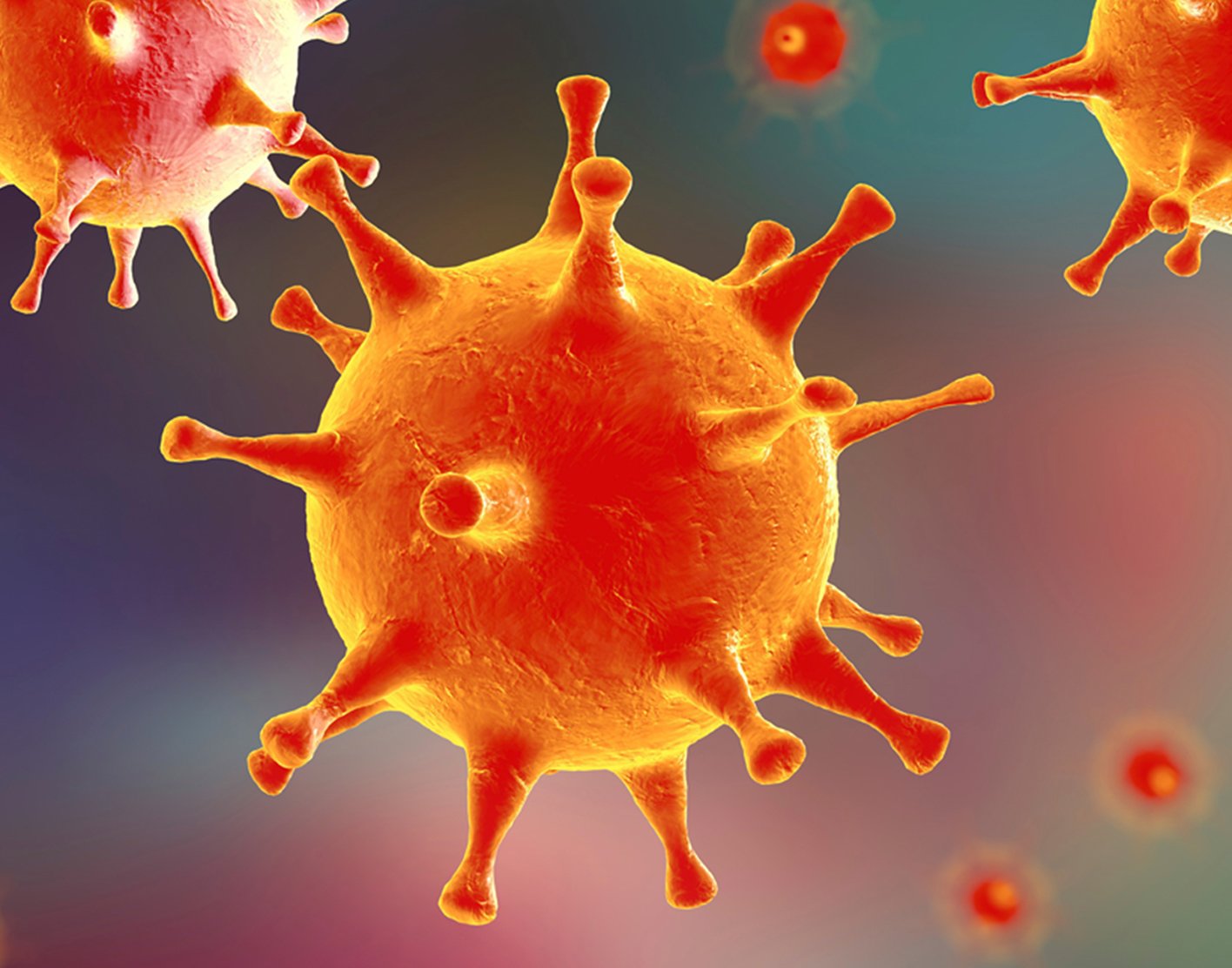
Herpes viral culture of lesion
Definition
Herpes viral culture of a lesion is a laboratory test to check if a skin sore is infected with the herpes virus.
Alternative Names
Culture - herpes simplex virus; Herpes simplex virus culture; Herpes zoster virus culture
How the Test is Performed
The health care provider collects the sample from a skin sore
How to Prepare for the Test
The sample must be collected during the acute phase of infection. This is the worst part of an outbreak. It is also when the skin lesions are at their worst.
How the Test will Feel
When the sample is collected, you may feel an uncomfortable scraping or sticky sensation. Sometimes a sample from the throat or eyes is needed. This involves rubbing a sterile swab against the eye or in the throat.
Why the Test is Performed
The test is done to confirm herpes virus infection. Herpes simplex virus causes
The diagnosis is often made by physical examination (your provider looking at the sores). The cultures and other tests are used to confirm the diagnosis.
This test is most accurate when a person is newly infected, that is, during the first outbreak.
Normal Results
A normal (negative) result means that the herpes virus did not grow in the laboratory dish and the skin sample used in the test did not contain any herpes virus.
Be aware that a normal (negative) culture does not always mean that you do not have a herpes infection or have not had one in the past.
What Abnormal Results Mean
An abnormal (positive) result may mean that you have an active infection with herpes simplex virus. Herpes infections include
If the culture is positive for herpes, you may have recently become infected. You may have become infected in the past and are currently having an outbreak.
Risks
Risks include slight bleeding or discomfort in the area where the skin was swabbed.
References
Marks JG, Miller JJ. Dermatologic therapy and procedures. In: Marks JG, Miller JJ, eds. Lookingbill and Marks' Principles of Dermatology. 6th ed. Philadelphia, PA: Elsevier; 2019:chap 4.
Plourde AR, Beavis KG. Specimen collection and handling for diagnosis of infectious diseases. In: McPherson RA, Pincus MR, eds. Henry's Clinical Diagnosis and Management by Laboratory Methods. 24th ed. Philadelphia, PA: Elsevier; 2022:chap 66.
Whitley RJ, Gnann JW. Herpes simplex virus infections. In: Goldman L, Cooney KA, eds. Goldman-Cecil Medicine. 27th ed. Philadelphia, PA: Elsevier; 2024:chap 345.
Review Date: 23/08/2023
The information provided herein should not be used during any medical emergency or for the diagnosis or treatment of any medical condition. A licensed physician should be consulted for diagnosis and treatment of any and all medical conditions. Call 911 for all medical emergencies. Links to other sites are provided for information only -- they do not constitute endorsements of those other sites. Copyright ©2019 A.D.A.M., Inc., as modified by University of California San Francisco. Any duplication or distribution of the information contained herein is strictly prohibited.
Information developed by A.D.A.M., Inc. regarding tests and test results may not directly correspond with information provided by UCSF Health. Please discuss with your doctor any questions or concerns you may have.



























